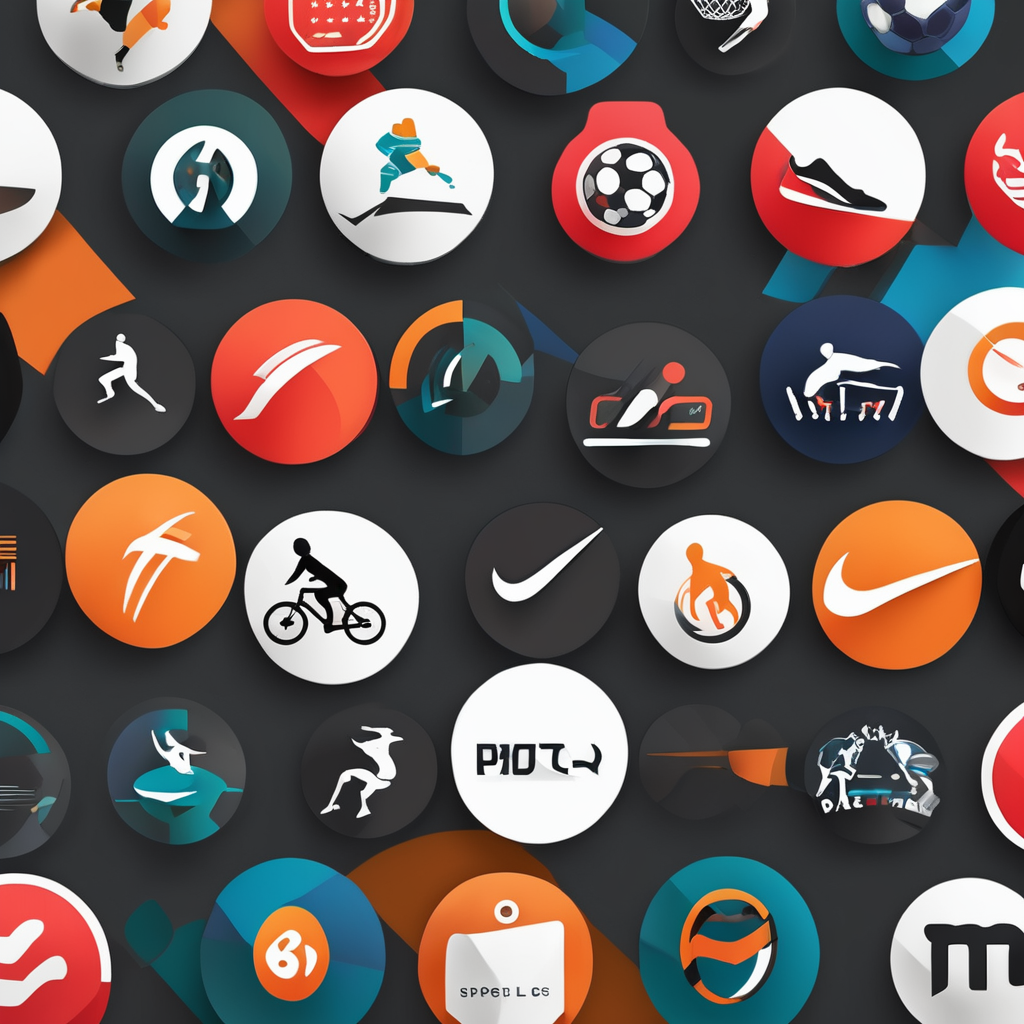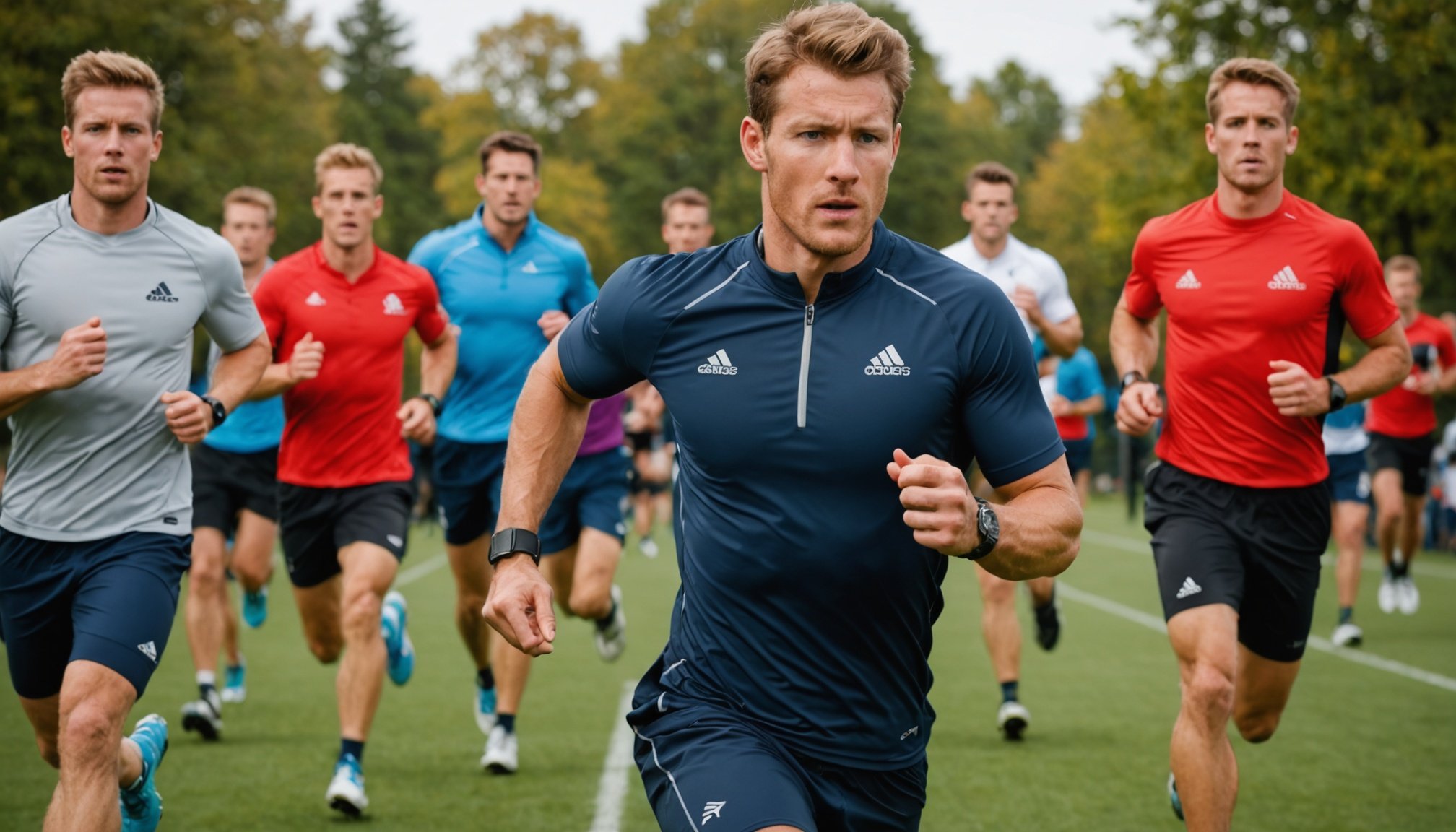The Role of Wearable Tech in Preventing Overtraining
Wearable tech plays a critical role in training regulation and health monitoring by providing a wealth of data that can prevent overtraining. Overtraining occurs when athletes exceed their body’s ability to recover, leading to performance impairment and health issues.
Types of Wearable Technology
- Fitness trackers and smartwatches offer insights into daily activity levels and caloric burn, assisting athletes in maintaining balanced training schedules.
- Heart rate monitors and GPS devices provide detailed insights into cardiovascular exertion and movement patterns, essential for monitoring training intensity.
- Advanced biometric sensors can track muscle oxygenation and hydration levels, offering a deeper understanding of physical and health metrics.
Monitoring Key Performance Indicators (KPIs)
Several KPIs can be tracked using wearable devices to avoid overtraining:
Also to see : Master Mountain Biking: Proven Strategies to Elevate Endurance and Conquer Challenging Trails
- Heart rate variability (HRV) and recovery metrics can indicate an athlete’s readiness to perform, providing crucial information to regulate training loads.
- Sleep patterns offer insights into recovery and fatigue levels, essential for planning rest periods.
- Training load and intensity tracking ensures athletes are working within their optimal performance range, mitigating injury risks.
Through precise monitoring and data analysis, athletes and coaches can optimize training loads, making wearable devices indispensable in modern sports.
Introduction to Wearable Technology in Athletics
Wearable technology is transforming the landscape of athlete monitoring, providing unparalleled insights into performance tracking. Devices like fitness trackers, heart rate monitors, and advanced biometric sensors cater to the unique demands of sports, offering athletes precise metrics to enhance their training. They have become vital not only for professional athletes striving for competitive edges but also for amateurs keen on maximizing their personal performance milestones.
In the same genre : Master Your Swim Stroke: Top Technical Drills for Optimal Efficiency
The significance of performance tracking cannot be overstated, especially for elite athletes who depend on data-driven insights to elevate their capabilities. Continual monitoring empowers athletes to fine-tune every aspect of their regimen, from sleep patterns to training loads, ensuring they remain at the pinnacle of health and performance.
Current trends show a robust shift towards more integrated and smarter athlete monitoring systems, incorporating artificial intelligence and machine learning algorithms. These technologies predict injury risks, optimise recovery periods, and tailor individual training programs dynamically, making wearable technology indispensable in sports science. As the sector evolves, it promises even greater innovations, further solidifying its role in next-generation performance enhancement.
Understanding Overtraining and Its Risks
Overtraining is a result of consistently excessive physical stress without adequate recovery, leading to detrimental effects on an athlete’s health and performance. Symptoms can range from persistent fatigue and performance impairment to increased susceptibility to injuries and illnesses. Athletes may experience mood disturbances, disturbed sleep, and poor concentration, all of which signal the body’s struggle to cope with the training demands.
The repercussions of ignoring these signs are significant. Overtraining jeopardises an athlete’s potential by stalling progress, reducing performance outputs, and potentially causing long-term health implications. These undesirable outcomes highlight the critical need for continuous monitoring to prevent overtraining.
Regular and accurate health monitoring with wearable technology can mitigate the risks associated with overtraining. Wearable devices provide real-time data, enabling athletes and coaches to adjust training loads promptly and effectively. By keeping an eye on metrics like heart rate variability and training intensity, athletes can maintain optimal performance levels while avoiding the pitfalls of overtraining. Emphasizing a balance between workload and recovery is paramount in sports, and wearable technology serves as a dependable ally in achieving this balance.
Case Studies: Successful Implementation of Wearable Tech
The incorporation of wearable technology has significantly transformed elite sports teams’ training regimens, as demonstrated by the experiences of prominent teams like the NFL’s Kansas City Chiefs and the NBA’s Golden State Warriors. These teams have successfully utilised wearables to enhance athlete monitoring and optimise performance.
Case studies reveal a positive wearable technology impact on performance. For instance, through continuous performance tracking, Kansas City Chiefs could fine-tune training loads and prevent player burnout, resulting in enhanced game-day performance. Similarly, the Golden State Warriors improved player recovery rates and reduced injuries through precise health monitoring using heart rate monitors and GPS devices.
These implementations have provided valuable lessons. Teams observed the importance of integrating data analysis into coaching strategies, proving that real-time feedback can effectively inform decision-making and training adjustments. Additionally, these devices have emphasised customised approaches, allowing individualised training plans tailored to the unique demands of each athlete.
In conclusion, these case studies illustrate how wearable technology contributes to elite training by preventing overtraining, enhancing athlete health, and ultimately leading to improved performance outcomes. The experiences of these teams underscore the potential benefits and effective practices of incorporating wearables in professional sports.
Expert Recommendations and Best Practices
Navigating the world of wearable technology can seem daunting. However, expert insights can illuminate the path to optimal performance optimisation. Sports scientists emphasise the synergy of integrating training techniques with wearable devices. Success in this arena often hinges on adhering to thoughtful best practices.
When incorporating wearables into training, consistency is crucial. Regular use ensures that the collected data portrays an accurate depiction of an athlete’s performance and health trends. Ensuring the wearables are correctly fitted and calibrated enhances precision in performance tracking and athlete monitoring.
Educating athletes about the technology’s function and benefits fosters a smoother transition to tech-enhanced training regimes. Trainers should guide athletes in interpreting their data, enabling them to make informed decisions, potentially adjusting diets, rest, or intensity based on wearables’ feedback.
Moreover, defining clear objectives before deploying wearables can streamline data analysis. Pinpointing specific training techniques for enhancement allows athletes to target weaknesses and boost their overall performance.*
Expert advice frequently underscores the importance of a balanced approach, combining technology with traditional training methods. Maintaining this balance mitigates over-reliance on devices while leveraging their strengths for performance gains.
Future Trends in Wearable Technology for Athletes
The future of wearable technology in sports promises ground-breaking innovations, especially with the integration of AI and machine learning. AI-driven systems will provide intelligent insights that adapt training regimens dynamically, reflecting real-time feedback and predictive analytics. These advancements could identify patterns in athlete data, enhancing performance and predicting injury risks even more accurately.
One exciting frontier is the development of smart fabrics that can monitor physiological metrics directly from an athlete’s clothing, offering a seamless blend of comfort and functionality. These materials aim to provide robust data while being less intrusive, appealing especially to athletes sensitive to equipment impacts.
As technological evolutions continue, wearables could become indispensable in creating hyper-personalised training programs. The anticipated growth includes deeper integration into sports equipment, such as shoes and equipment with embedded sensors. This future vision ensures that athletes receive a comprehensive suite of data insights from varied sources.
With these advancements, wearables stand to revolutionise athlete development, assisting both amateur and professional athletes in reaching their performance peaks effectively and safely. The evolution of wearable technology, driven by emerging trends, will undoubtedly continue to redefine the landscape of sports science.
Challenges and Considerations in Using Wearable Tech
While wearable technology revolutionises athlete monitoring and performance tracking, it is not without its challenges. One significant concern is data privacy. Athletes’ health metrics can be sensitive, and safeguarding this information is paramount. Devices must comply with stringent privacy standards to ensure data security.
The adoption of technology faces hurdles, particularly among athletes unfamiliar with digital tools. Training and guidance can help bridge this gap, encouraging athletes to integrate wearables confidently into their routines. Providing support and education is crucial in dispelling any apprehensions regarding tech usage.
A potential drawback of the increasing reliance on wearable devices is the risk of over-dependence. It’s essential for athletes to balance technology with instinctual understanding of their bodies, preventing a complete reliance on digital feedback for decision-making.
To address these challenges, organisations can focus on transparent data management practices, fostering trust in wearable tech. Additionally, engaging educational programs can ease athletes into adopting new technological methods successfully. Finally, maintaining a hybrid approach that incorporates both technology and traditional training insights can optimise athletic development without over-reliance on devices.




